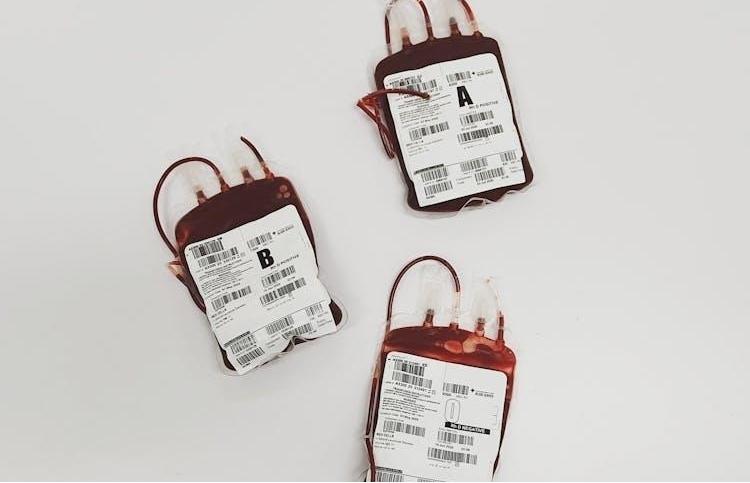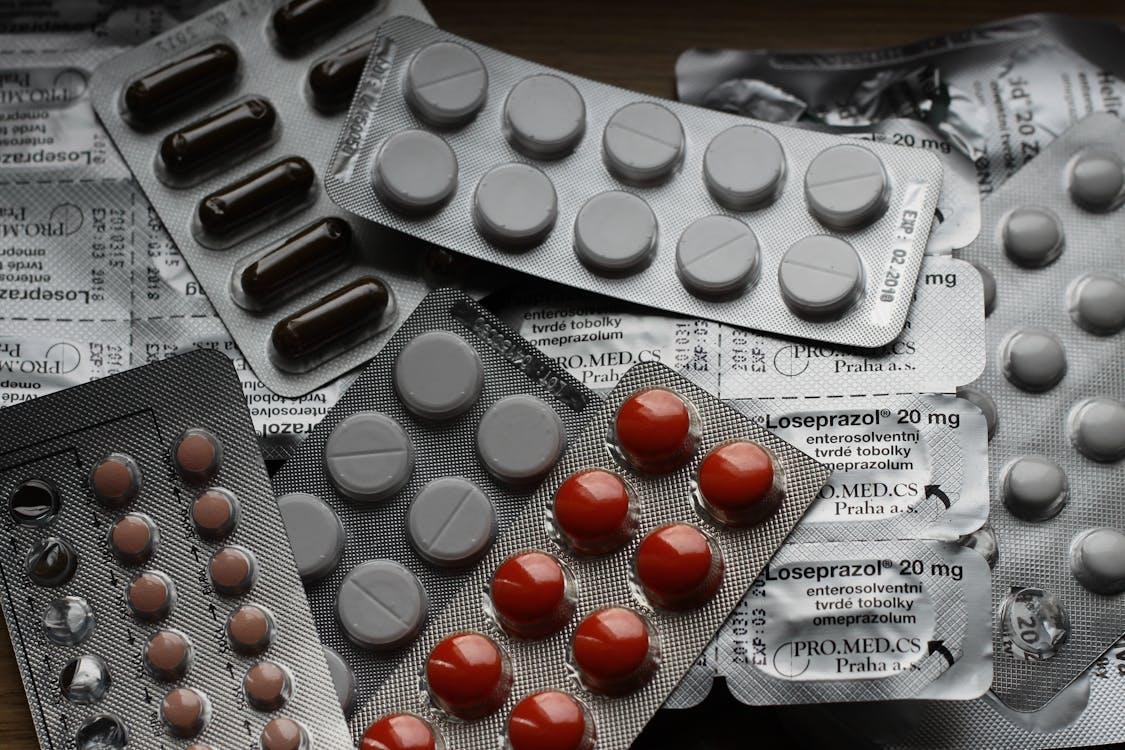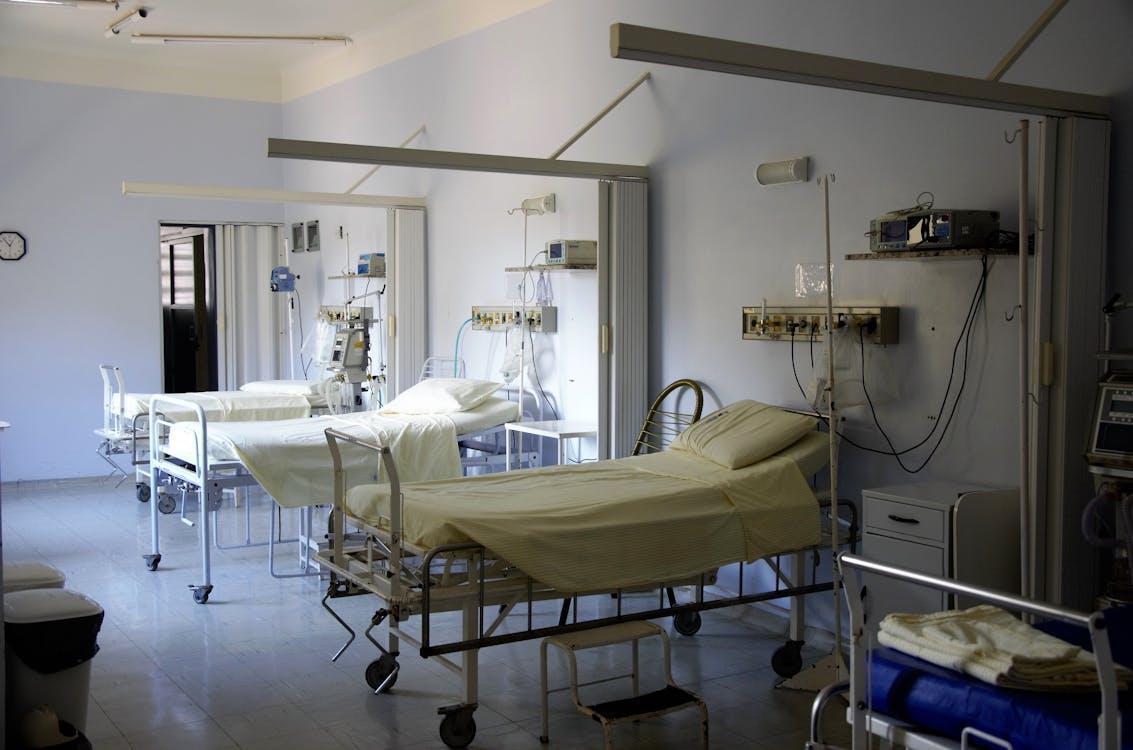The Role of Barcodes in the Healthcare Industry
12th Mar 2025
In healthcare, accuracy and efficiency can mean the difference between life and death. Hospitals, pharmacies, and medical facilities handle vast amounts of patient data, medications, and supplies every day. With so many moving parts, errors in medication administration, patient identification, or inventory tracking can have serious consequences.
That’s where barcode technology steps in. Once reserved for retail and logistics, barcodes have become an essential tool in modern healthcare. From improving patient safety to streamlining medical inventory management, barcode printing solutions are transforming the industry, reducing errors, and ensuring a higher standard of care.
How Barcodes Work in Healthcare
A barcode is a machine-readable code that stores information in a series of black-and-white patterns. When scanned, it quickly retrieves data linked to a database. In healthcare, barcodes are used to track everything from patient records and medications to surgical instruments and medical equipment.
There are two main types of barcodes used in healthcare:
- 1D Barcodes (Traditional Barcodes):Found on medication packaging and medical supplies, these linear barcodes store basic information like product ID numbers.
- 2D Barcodes (QR Codes and Data Matrix Codes):Used for patient wristbands, electronic health records, and pharmaceutical tracking, these codes store larger amounts of data, including expiration dates, batch numbers, and dosage instructions.
By integrating barcode scanning into healthcare workflows, hospitals and medical facilities can improve efficiency, enhance patient safety, and ensure compliance with regulatory standards.
Enhancing Patient Safety with Barcode Technology

One of the biggest risks in healthcare is patient misidentification. Mistakes in administering medication, performing procedures, or updating medical records can lead to severe complications. Barcodes provide a layer of security by ensuring that every patient receives the right treatment at the right time.
Patient Identification and Wristbands
Hospitals use barcoded wristbands to link patients to their medical records. When a nurse or doctor scans a patient’s wristband, they instantly access critical details, including:
- Full name and date of birth
- Allergies and medical conditions
- Treatment plans and prescribed medications
This process minimizes the risk of human error, ensuring that medications, tests, and procedures are administered correctly. It also eliminates the possibility of mix-ups, particularly in emergency situations where quick decisions are necessary.
Reducing Medication Errors
Medication errors are a major concern in healthcare. Administering the wrong drug, incorrect dosage, or giving medication to the wrong patient can lead to severe health complications or even fatalities. Barcodes help prevent such errors by creating a closed-loop medication administration (BCMA) system.
Here’s how it works:
- A pharmacistaffixes a barcode to the medication packaging.
- A nursescans both the patient’s wristband and the medication barcode.
- The system cross-checks the scanned data with the patient’s prescription records.
- If there’s a mismatch—wrong dosage, wrong patient, or an allergy alert—the system triggers an alert, preventing a potential error.
By ensuring that the right patient receives the right medication at the right time, barcode scanning dramatically reduces risks associated with human error.
Tracking Medications and Preventing Counterfeit Drugs

Pharmaceutical fraud is a growing issue, with counterfeit drugs entering supply chains worldwide. These fake medications may contain incorrect ingredients, dangerous contaminants, or improper dosages, putting patients at serious risk.
Governments and healthcare organizations have adopted barcode-based serialization to combat this problem. Every legitimate pharmaceutical product now carries a unique barcode, linking it to a global tracking system. These are easy to print as well, and they need only a color label printer and software like bartender barcode software. This enables:
- Verification of a drug’s authenticity before it reaches a patient
- Tracking of medications from manufacturers to hospitals and pharmacies
- Identification of recalled or expired drugs before they are dispensed
This level of traceability protects patients from counterfeit medications while ensuring that expired or recalled drugs never make it into the wrong hands.
Medical Inventory Management and Supply Chain Optimization
Beyond patient safety, barcodes play a critical role in keeping hospitals and pharmacies running efficiently. Managing medical supplies, tracking surgical instruments, and ensuring equipment availability are all made easier with barcode technology.
Efficient Tracking of Medical Supplies
Hospitals store thousands of different medical supplies, from syringes and bandages to life-saving equipment like ventilators and defibrillators. Barcode scanning simplifies inventory management by:
- Automating stock updates:Every time an item is used, it’s scanned, and the system automatically deducts it from inventory.
- Reducing shortages and overstocking:The system alerts staff when supplies are running low, preventing last-minute shortages or excess ordering.
- Ensuring proper usage:Some medical products, such as sterilized surgical tools, have expiration dates. Barcode tracking ensures expired or improperly stored items aren’t used on patients.
By replacing manual record-keeping with barcode scanning, hospitals can cut down on wasted supplies and streamline operations, allowing medical staff to focus on patient care.
Tracking Surgical Instruments and Equipment

Every surgical procedure requires a set of sterilized instruments, and tracking them manually is time-consuming and prone to errors. Barcode tagging ensures:
- Proper sterilization cycles are followedbefore instruments are reused.
- Every tool is accounted forafter surgery, preventing items from being left inside patients.
- Equipment is available when needed, reducing delays in surgeries or treatments.
Hospitals that implement barcode scanning in their surgical departments improve both efficiency and patient safety.
Compliance with Healthcare Regulations
Healthcare facilities must adhere to strict regulations regarding patient safety, medication tracking, and inventory management. Many governments now require barcode-based tracking for pharmaceuticals and medical devices.
For example:
- The FDA (U.S. Food and Drug Administration)mandates barcoded labels on prescription drugs and medical devices to improve tracking and recall management.
- The EU Falsified Medicines Directive (FMD)requires that all prescription drugs sold in Europe carry unique barcodes to verify authenticity.
- The GS1 Healthcare Standardsprovide global barcode guidelines for hospitals, ensuring consistency in patient identification and inventory tracking.
By integrating barcode technology, healthcare providers stay compliant with these regulations, avoiding fines and ensuring the highest standard of care.
Challenges and Future of Barcoding in Healthcare
Despite its advantages, implementing barcode systems in healthcare comes with challenges.
- Initial investment costs:Hospitals and pharmacies must invest in barcode scanners, printers, and software. However, the long-term savings in reduced errors and improved efficiency outweigh these costs.
- Staff training:Medical personnel need to be trained on using barcode scanning devices properly.
- System integration:Barcode technology must be compatible with existing electronic health record (EHR) systems to ensure seamless data access.
Looking ahead, the future of barcoding in healthcare is even more promising. New advancements include:
- RFID (Radio Frequency Identification) integrationfor wireless tracking of medical equipment and medications.
- Blockchain technologycombined with barcode tracking to create tamper-proof pharmaceutical supply chains.
- AI-powered barcode systemsthat predict supply needs and optimize inventory management.
As barcode technology continues to evolve, healthcare providers will gain even greater control over patient safety, medication management, and hospital operations.
Barcode technology has transformed healthcare, making patient safety, medication tracking, and inventory management more reliable and efficient. Hospitals, pharmacies, and medical suppliers now rely on barcode printing solutions and portable barcode printers to streamline workflows and reduce human errors.
For healthcare facilities looking to enhance patient safety and streamline operations, OmegaBrand Sales Corporation provides the perfect labeling solutions. Whether you need a portable barcode printer for bedside medication scanning or a high-quality color label printer for clear and durable medical labels, you’ll find top-tier options from trusted brands.
For those seeking an affordable color label printer, OmegaBrand Sales Corporation offers reliable choices that fit your needs. Contact us today and upgrade to smarter, more efficient labeling!

